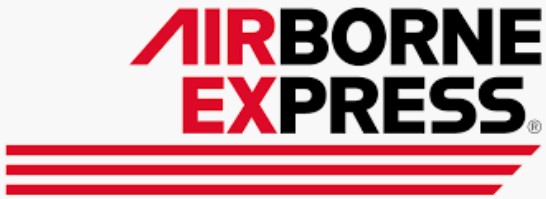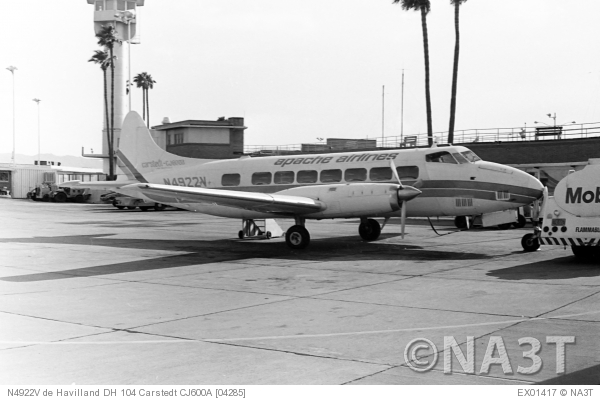Crash of a Carstedt Jet Liner 600F in Saint Louis
Date & Time:
Jun 11, 1979 at 2152 LT
Registration:
N906MW
Survivors:
Yes
Schedule:
Kansas City - Saint Louis
MSN:
04449
YOM:
1954
Crew on board:
2
Crew fatalities:
Pax on board:
0
Pax fatalities:
Other fatalities:
Total fatalities:
0
Captain / Total hours on type:
651.00
Circumstances:
Upon landing at Saint Louis-Lambert Airport, the undercarriage collapsed. The airplane sank on its belly and slid for several yards before coming to rest. Both pilots escaped uninjured while the aircraft was damaged beyond repair.
Probable cause:
Gear retraction on landing following improper maintenance on part of the maintenance personnel. The following contributing factors were reported:
- Landing gear: normal retraction/extension assembly, improperly installed,
- Chafed,
- Pneumatic line to down port on nlg actuator chafed through.
- Landing gear: normal retraction/extension assembly, improperly installed,
- Chafed,
- Pneumatic line to down port on nlg actuator chafed through.
Final Report:




